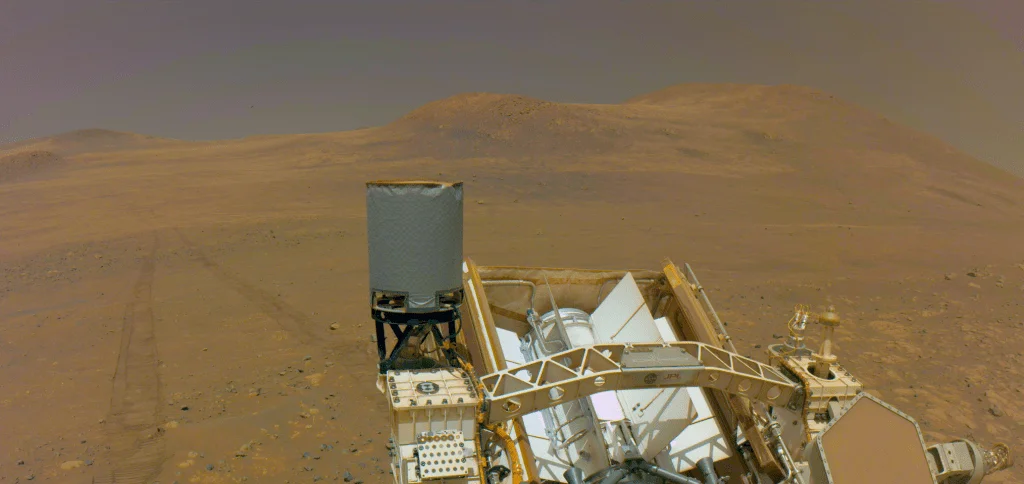
Perseverance Rover’s New Hunt: Will ‘Krokodillen’ Unearth Mars’ Ancient Microbial Secrets?
NASA's Perseverance rover is embarking on a thrilling new chapter in its Martian adventure. Having successfully navigated to a region dubbed "Krokodillen," the rover aims to sink its teeth into some of the Red Planet's oldest and most intriguing rocks. But what makes this particular location so special, and what secrets could it potentially reveal about the possibility of ancient life on Mars?
The area, named Krokodillen (meaning "the crocodile" in Norwegian), spans about 73 acres within the Jezero Crater. This location marks a significant boundary between the crater's ancient rim and the surrounding plains, holding rocks believed to have existed *before* the crater itself was formed. According to NASA and Caltech scientists, these rocks date back to Mars’ Noachian period, making them some of the oldest accessible rocks on the planet. This provides a unique window into Mars' early environment.
"The last five months have been a geologic whirlwind," stated Ken Farley, deputy project scientist for Perseverance at Caltech. "As successful as our exploration of 'Witch Hazel Hill' has been, our investigation of Krokodillen promises to be just as compelling."
One of the most promising aspects of Krokodillen is the presence of clay minerals. These minerals, typically formed in the presence of liquid water, suggest that the region may have once been a potentially habitable environment. Clay minerals are also known to preserve traces of organic matter. What this could mean is that microscopic evidence of Martian life could be contained within the bedrock.
“If we find a potential biosignature here, it would most likely be from an entirely different and much earlier epoch of Mars evolution than the one we found last year in the crater with ‘Cheyava Falls’,” said Farley.
Adding to the allure, data from Mars orbiters hints at the presence of olivine and carbonate at the perimeter of Krokodillen. While olivine originates from magma, carbonate minerals on Earth are crucial for preserving fossilised microbial life and documenting ancient climates. This means Krokodillen has incredible potential for the Perseverance team to find signs of ancient life.
Compounding the anticipation, the Perseverance rover has adopted a new sampling strategy in anticipation of important discoveries. This involves leaving some cored samples unsealed, allowing the rover to discard less compelling finds in favor of more promising specimens. As of now, Perseverance has collected and sealed two regolith samples, three witness tubes, one atmospheric sample, 26 rock cores (25 sealed). According to Perseverance acting project scientist Katie Stack Morgan of NASA’s Jet Propulsion Laboratory, this approach “allows us maximum flexibility as we continue our collection of diverse and compelling rock samples." Perseverance is operating with flexibility in mind, which could provide a pivotal moment for Mars science.
It is worth mentioning that Perseverance celebrated its 1,500th day of surface operations on May 9, and is currently analyzing a Copper Cove region.
The mission is facing difficulties in the form of uncertainties regarding funding and policy considerations for future Mars sample return programs. Ultimately, confirming Martian life will require samples being returned to Earth laboratory. But for now, Perseverance forges on, hoping to discover the secrets to Mars.
What do you think? Could Krokodillen hold the key to proving life once existed on Mars? Let us know your thoughts in the comments below!